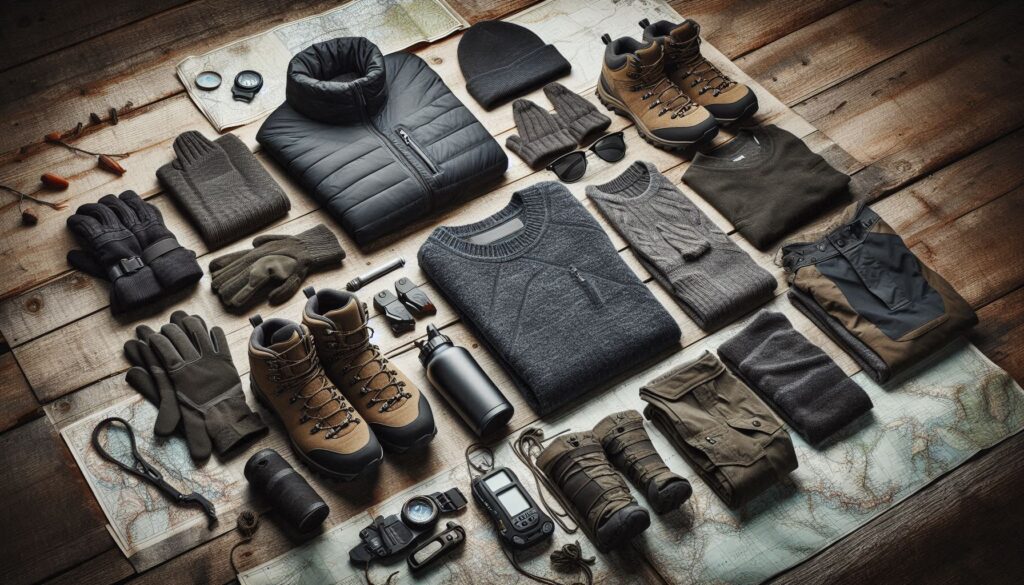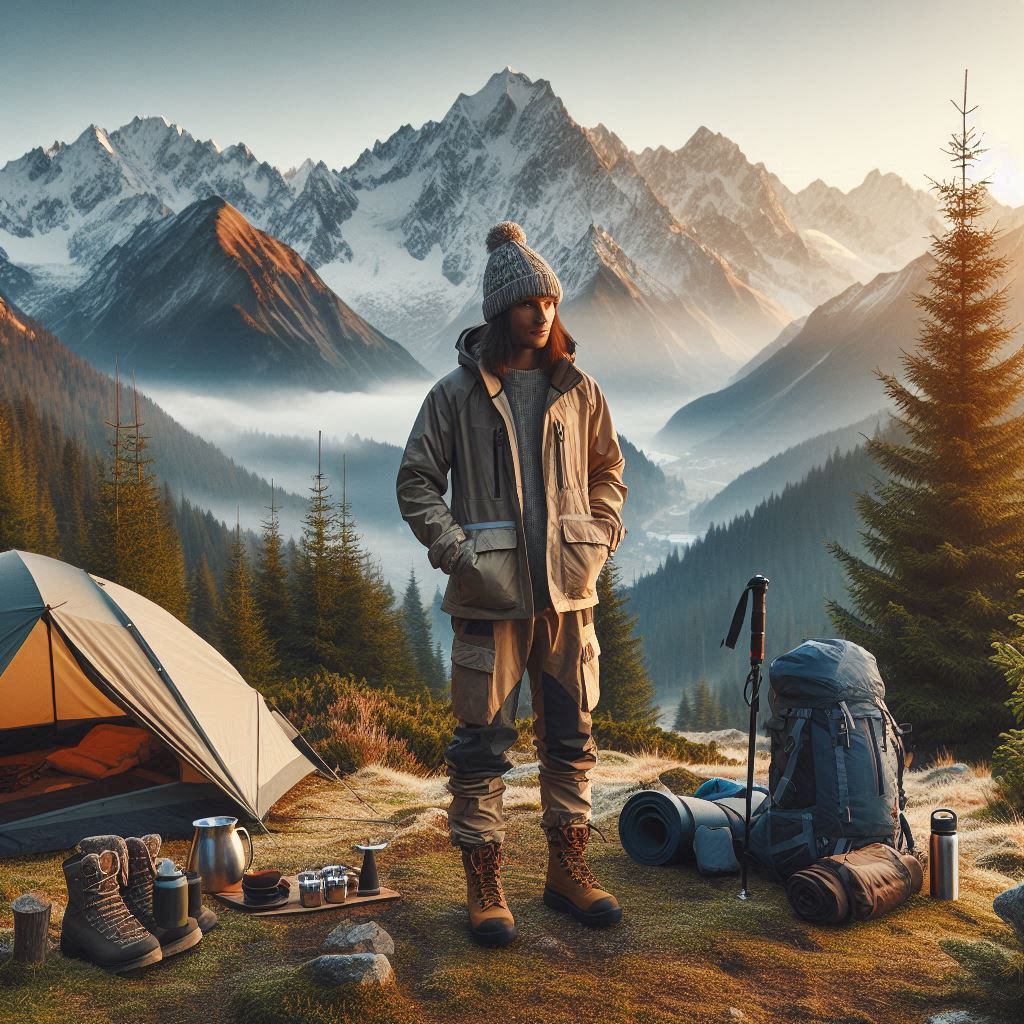Although mountain camping is a thrilling experience, proper wardrobe planning is necessary due to the erratic weather and rough terrain. Wearing the right clothes guarantees protection, comfort, and a good time. These five key suggestions will help you pack for mountain camping.
1. Master the Art of Layering
The best strategy to deal with fluctuating temperatures in the mountains is to layer. Employ a system with three layers:
Your first line of protection against moisture is the base layer. To keep perspiration off your skin and avoid chills, choose synthetic or merino wool textiles that wick away moisture.
Middle Layer: By retaining body heat, this layer acts as insulation. To stay warm, especially in the chilly alpine air, a fleece or down jacket is a great option.
Outer Layer: A windproof and waterproof shell should be your last layer. This keeps you breathable to avoid overheating while shielding you from rain, snow, and strong winds.

2. Select the Right Fabrics for Comfort and Performance
Selecting the right fabric is essential while mountain camping. Steer clear of cotton since it quickly dries and retains moisture, leaving you vulnerable to cold. Rather, use high-performance textiles like:
Synthetic textiles like polyester and nylon drain moisture away from your skin and dry fast.
Merino Wool: Breathable and odor-resistant, it offers superior insulation.
Fleece: An additional layer of insulation that is warm but lightweight.
By keeping you dry and warm, these textiles lessen pain and the chance of hypothermia.
3. Invest in Weather-Appropriate Footwear and Accessorie
Just as much protection is needed for your feet and extremities as for your core. Here’s something to think about:
Hiking Boots: To tackle rough terrain, pick boots that are strong, waterproof, and have adequate ankle support and traction.
Socks: Keeping your feet warm and dry with wool or synthetic socks helps avoid frostbite and blisters.
Headgear and Gloves: Your journey may become intolerable if your hands and ears are cold. A cap or beanie and insulated gloves keep you warm and protect you from the wind.
Gaiters: These keep water, snow, and grime out by covering the space between your boots and pants.
Wearing the right shoes and accessories on your journey can reduce the risk of injury and improve your comfort level.
4. Prepare for Sudden Weather Changes
Because mountain weather can change suddenly, you need to be ready for anything:
Pack Extra Clothes: In case of rain or heavy perspiration, bring extra base layers and socks.
Wear Breathable and Adjustable Clothes: When hiking, you can control your body temperature by wearing zip-up layers, vented jackets, and adjustable apparel.
Bring a Lightweight Rain Poncho: An additional layer of protection from downpours is provided by a rain poncho, even if you have a waterproof jacket.
You can guarantee a stress-free and enjoyable journey by planning for erratic weather.
5. Protect Yourself from the Elements
In addition to controlling heat and moisture, you also need to protect yourself against dangers associated with wind, sun, and altitude:
Sunglasses and sunscreen: The sun’s rays are stronger at higher elevations. To prevent sunburn, use sunscreen and UV-blocking eyewear to protect your eyes.
Wind Protection: You may become colder due to strong alpine winds. You can protect yourself from strong winds by wearing a windproof jacket and a scarf or buff.
Hydration and Heat Regulation: Staying properly hydrated helps control your body temperature and avoid altitude sickness. To stay comfortable, wear breathable clothes and drink lots of water.
You can make sure that your mountain camping trip is fun and safe by following these safety measures.
Concluding remarks
To deal with erratic weather patterns and difficult terrain, mountain camping calls for careful clothing selection. You may enjoy your excursion to the fullest while remaining comfortable and secure if you layer appropriately, pick the appropriate materials, and put warmth and protection first. Have fun while camping!







